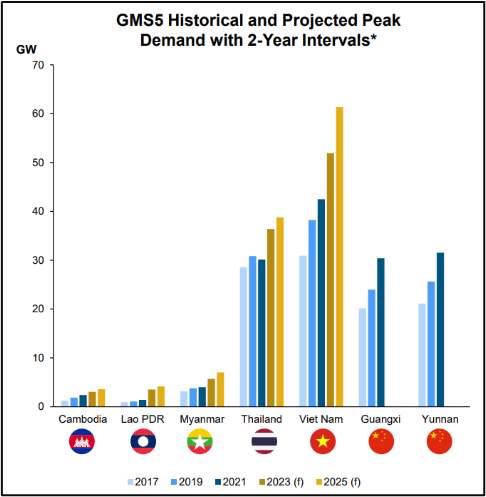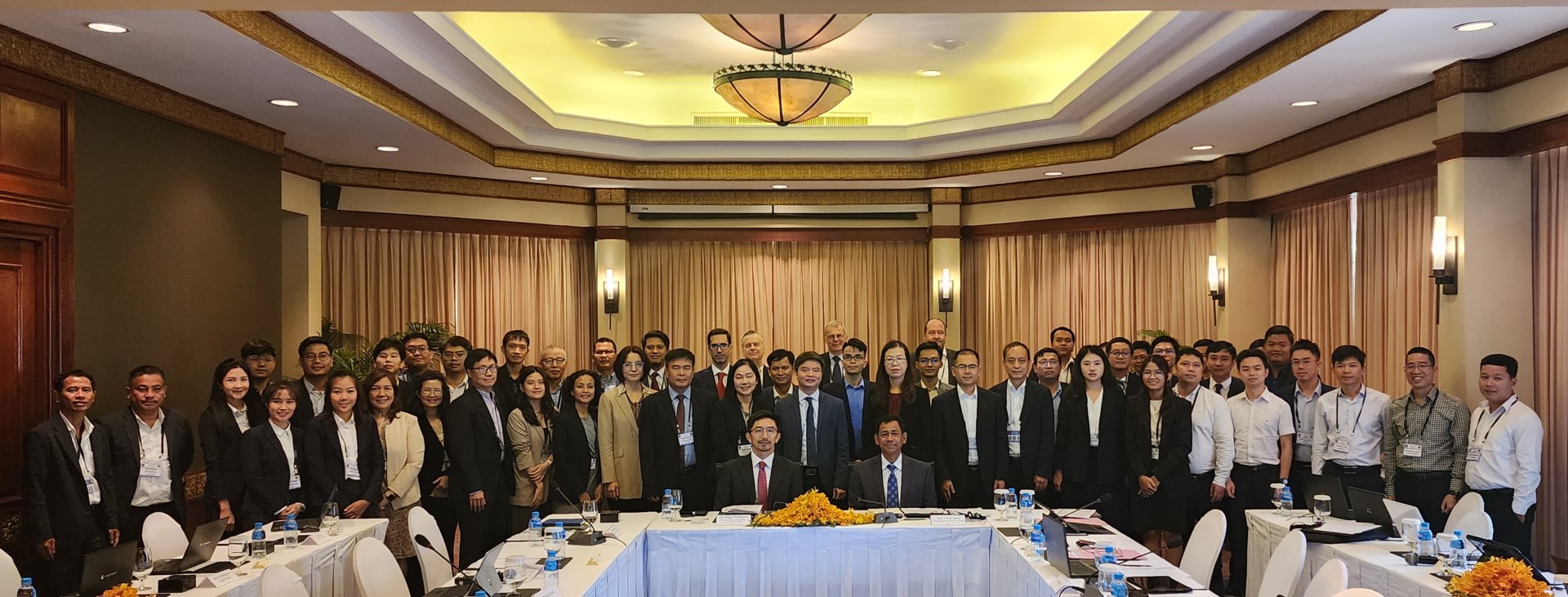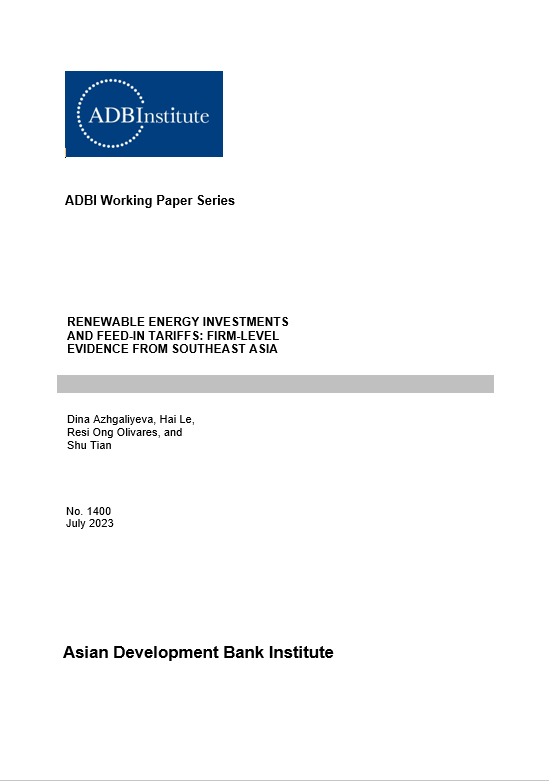
Measuring the Economic Impacts of a Wind Power Project in Viet Nam
This brief demonstrates the importance of measuring the benefits of Viet Nam’s 144-megawatt Lotus Wind Power Project and defining its economic and social impacts as the country ramps up its renewable energy generation.










